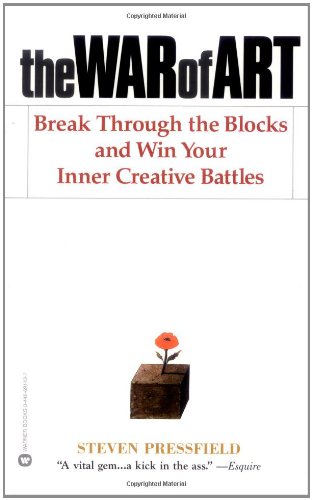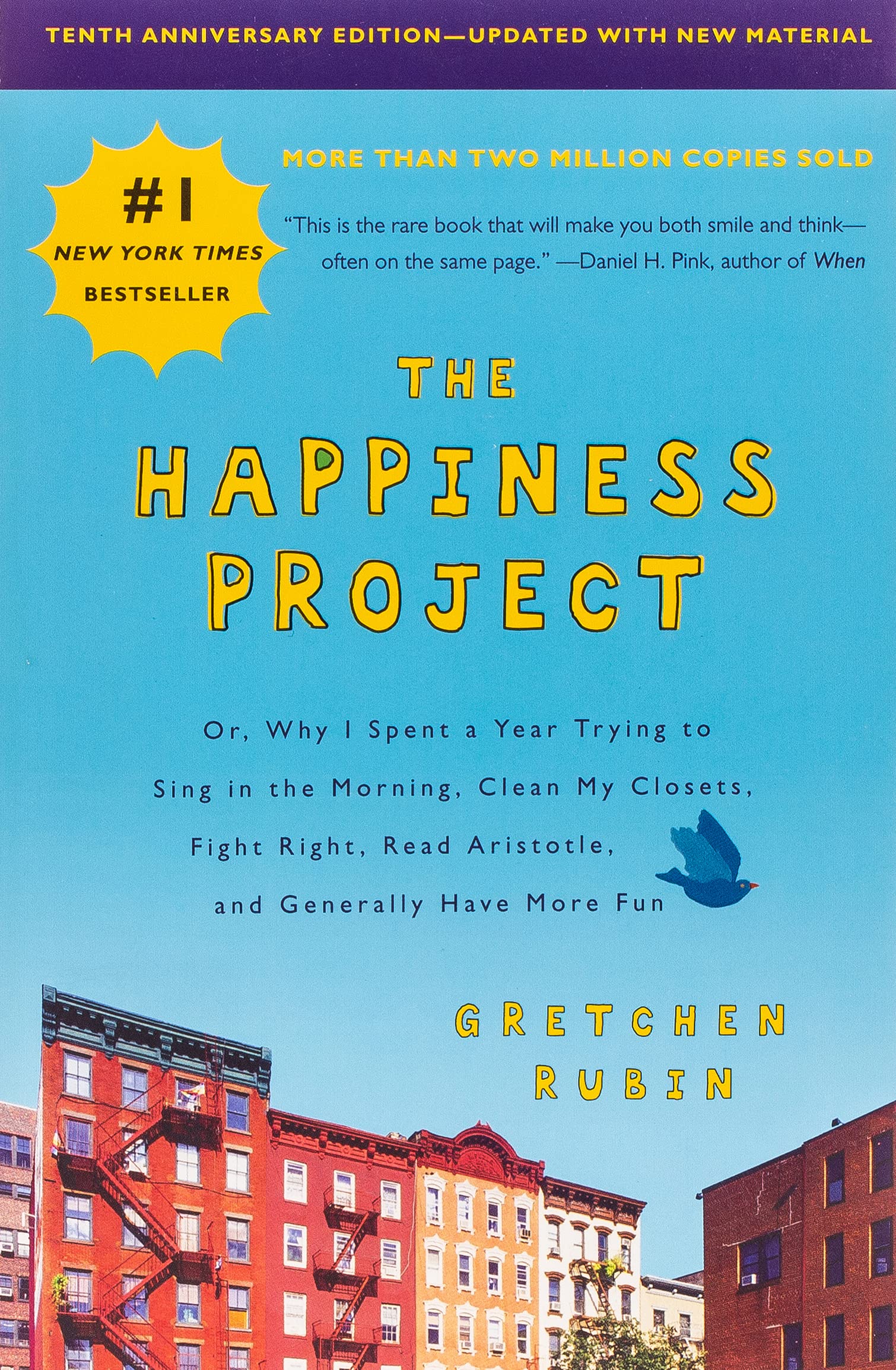Your mind is the only thing holding you back

Can’t hurt me by David Goggins tells the incredible story of David Goggins, who went from the most horrible upbringing to being a US Navy SEAL then becoming an ultra-endurance athlete. This book challenges us to create mental toughness. With the backdrop of Goggins’ story, it is a highly motivating book about what a human can achieve.
The main takeaway is that our limitations are only within our minds. By pushing ourselves beyond our perceived limits, we can tap into our full potential and accomplish more than we ever thought possible. Goggins talks about going through the pain: acknowledging it is there when you try to do something hard but as long as you can answer “Why I am here?” [‘Why am I doing this?’] then you can get through.
Key points:
- We should identify our own weaknesses and use them to fuel personal growth.
- Repetition is necessary to get over any obstacle.
- Looking into the “accountability mirror” and seeing ourselves as we truly are can help hold us accountable and not hide from difficult truths.
- We need to first accept our current weaknesses before moving forwards.
- Sometimes bullies are telling us important, hard truths, just in a horrible way.
- Choosing hard things can help us become tougher. The more hard choices we make, the tougher we become.
- We should identify what we find hard and do it. Focusing on weaknesses builds mental toughness more than focusing on strengths.
- We need to be ‘obsessed’ about reaching our goal rather than just ‘motivated’ to get through hard days and when motivation dips.
- “Why am I here?” We need to be able to answer this with absolute clarity if we are going to do anything hard.
- We should understand our purpose and goals (as well as our competitors’).
- Overcoming oppressive power dynamics can be done by being excellent and realising that those who oppress us are insecure (but we should do it with humility).
- Using previous challenges we have overcome can help provide fuel when we come to our next one.
- Accepting both positive and negative aspects of ourselves is important for personal growth.
- Visualising every part of a race, including all the difficult parts, is necessary during preparation.
- We tend to take on hard challenges when we are in a position of comfort.
- It’s easier to think about running a marathon or writing a book when sitting on the sofa.
- Continue to push on training runs; don’t get too comfortable with our training routine.
- The “40% rule”: we only access 40% of our maximum due to our mind’s typical limitations. Recognizing this allows us to go past at the point when we feel like stopping.
- We should strive to be “uncommon amongst the uncommon” whilst also being wary of developing a chip on our shoulder or making other people feel guilty.
- Aim to stand out but avoid becoming arrogant or making others feel inferior.
- Do after-action reports for our failures (and successes), learning from both successes and failures.
I think about this book a lot: ‘be uncommon amongst the uncommon’, ‘why am I here’, keep on pushing in training, it’s easy to take on hard things when comfortable, etc. I expect I will come back to read this book again sometime soon. I would highly recommend this book to anyone.
Note that this model of going ‘through the pain’ is in contrast to a more recent understanding of ‘toughness’. Controlled psychological experiments show that people who consistently do extreme challenges use a variety of techniques, as well described in Do hard things by Steve Magness.
More books like this:
- Do hard things by Steve Magness
- The art of learning by Josh Waitzkin
- Grit by Angela Duckworth



